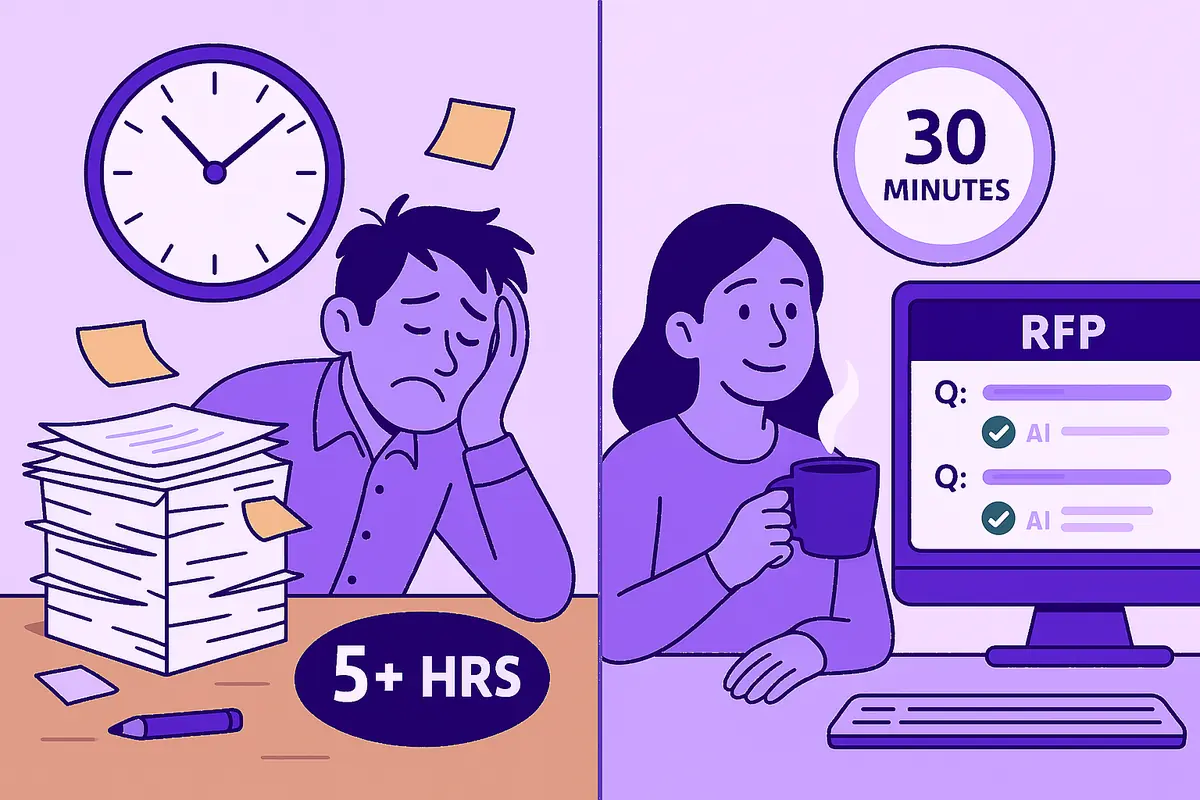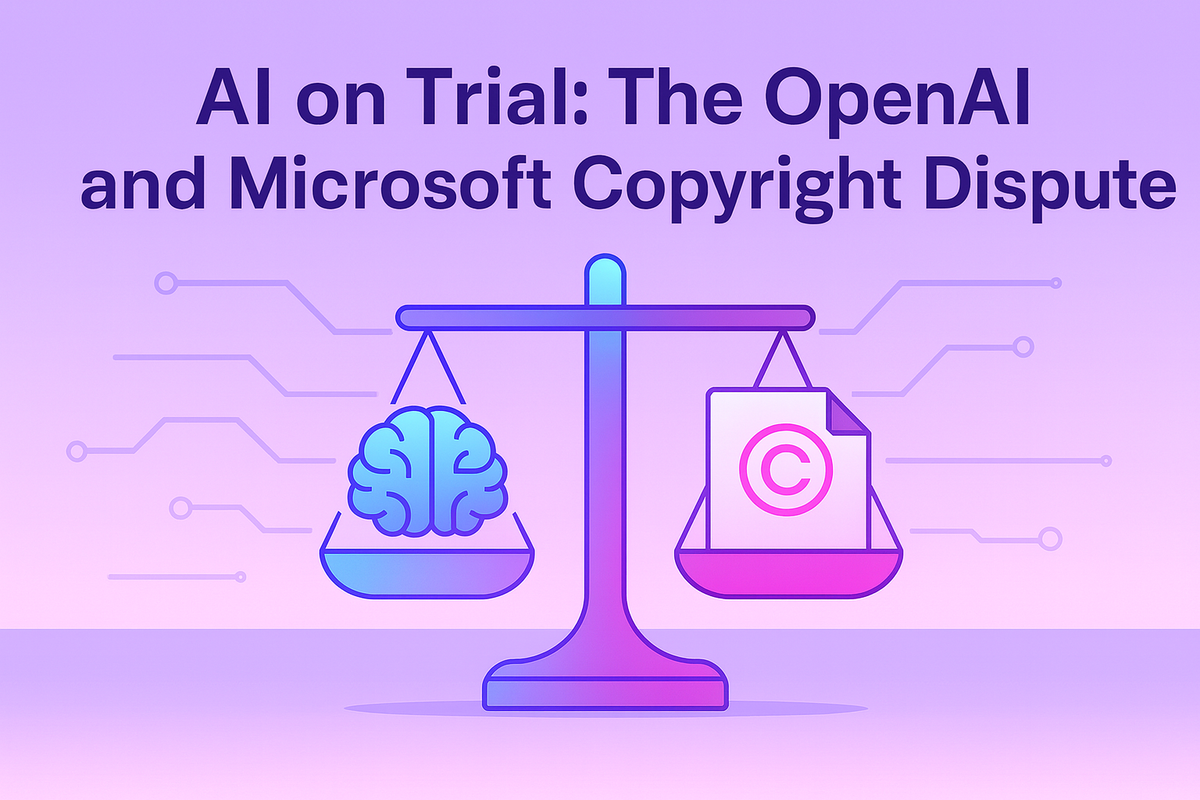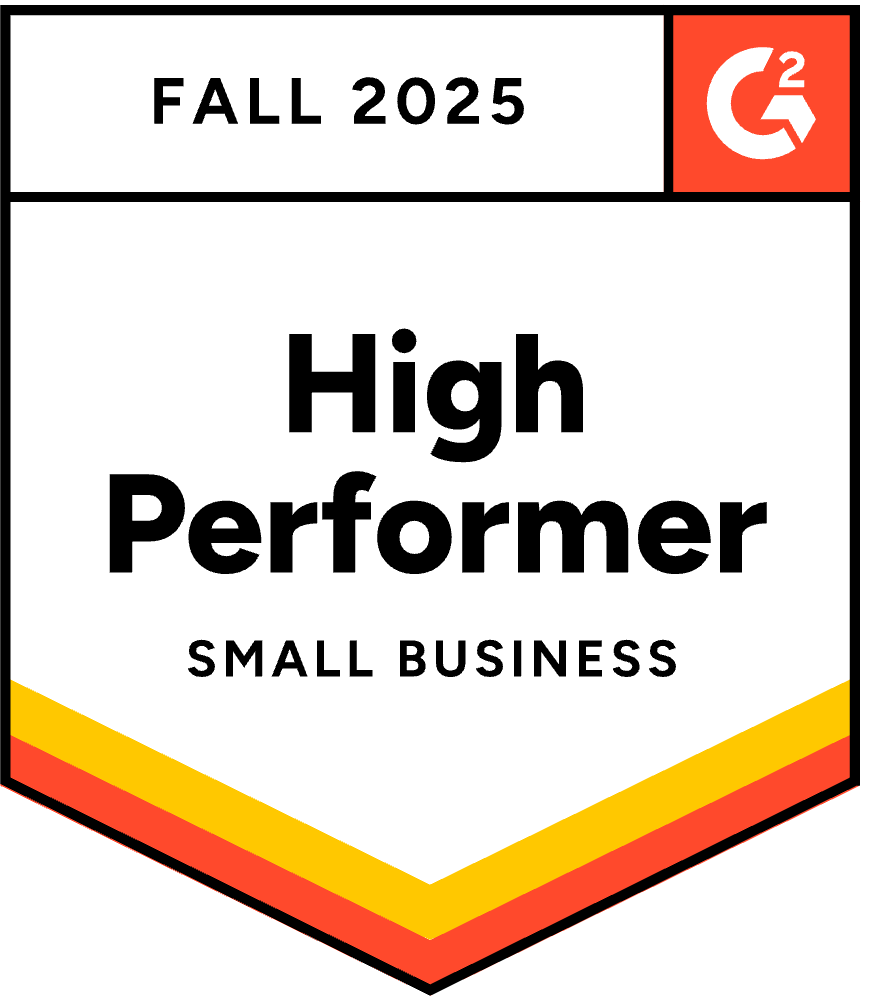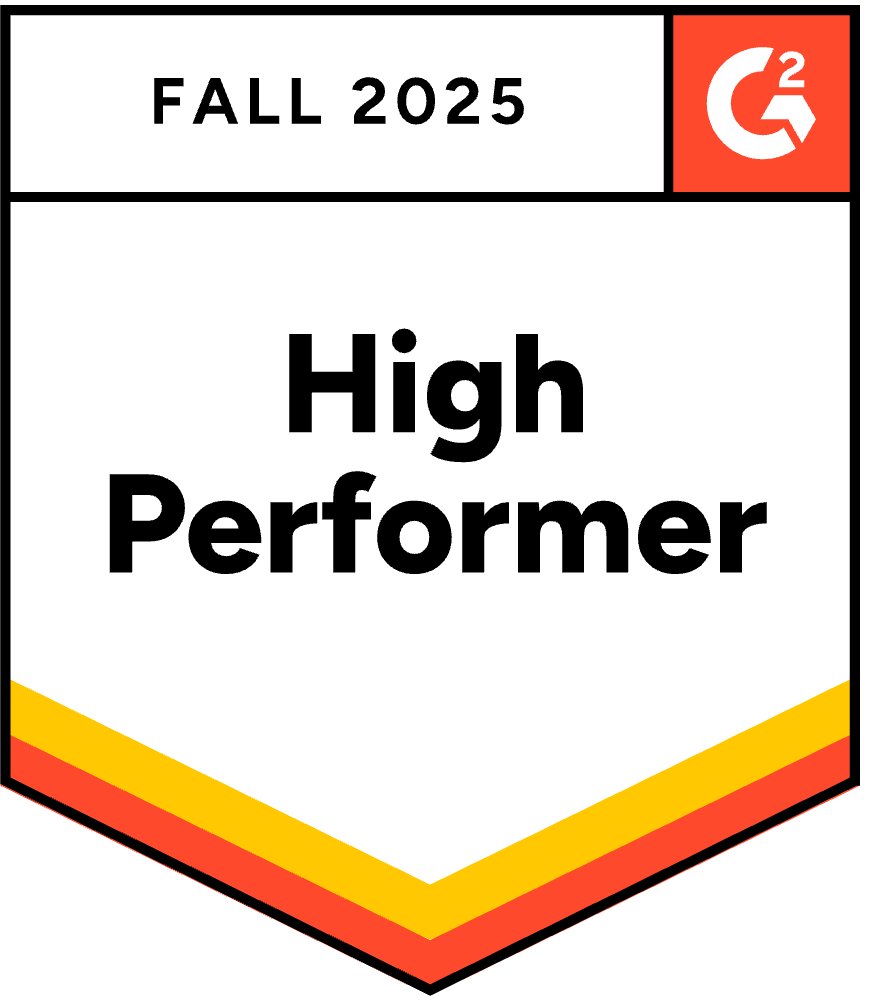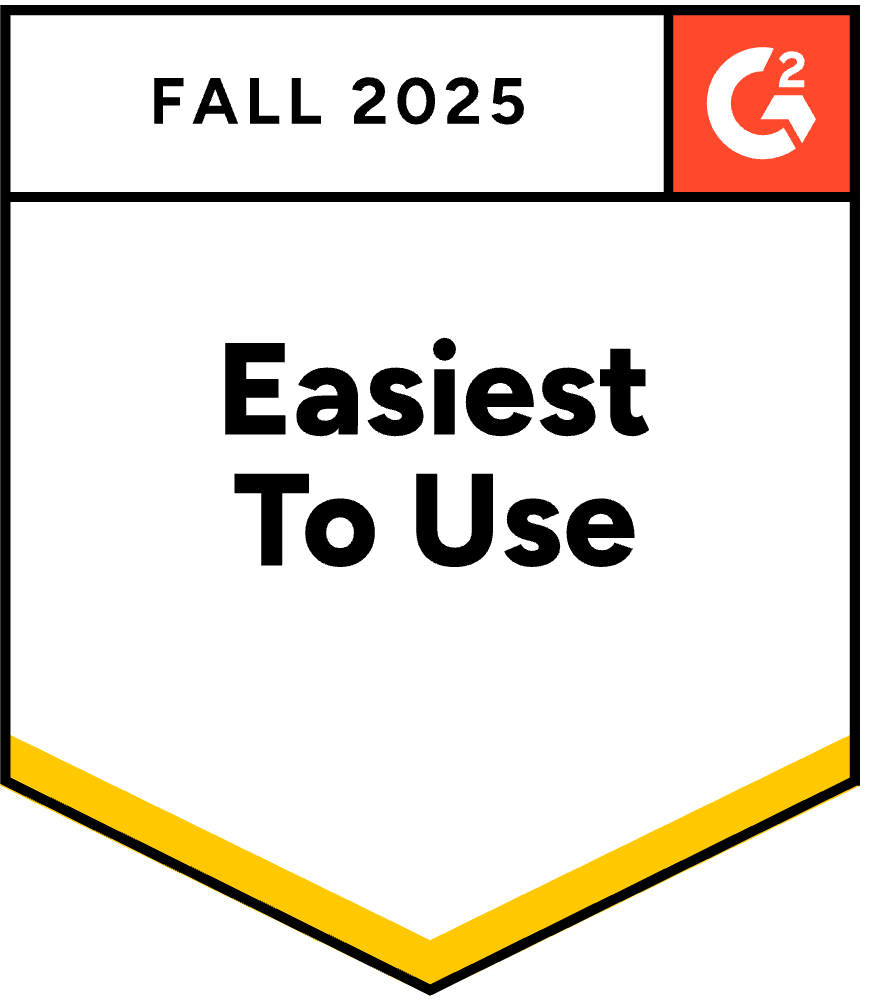How to Write a Successful RFP Response
February 20, 2025
By
Evie Secilmis
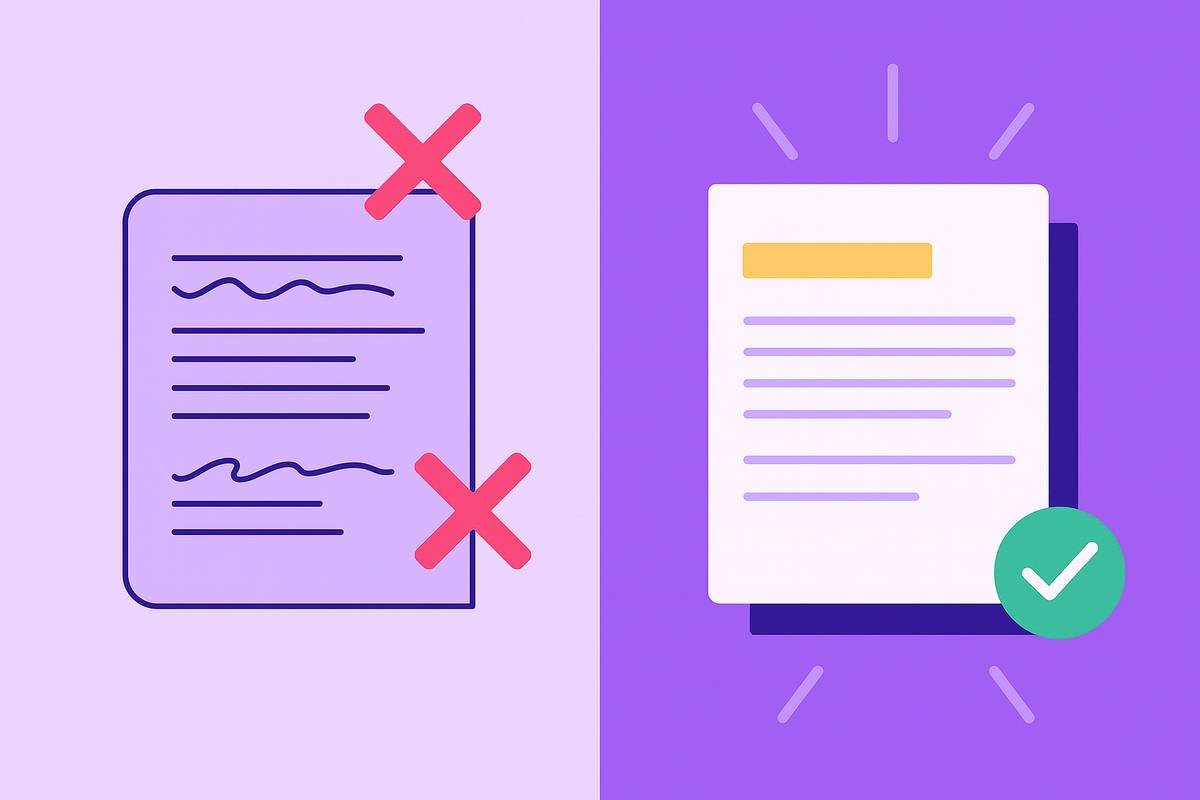
Crafting Compelling RFP Responses: Best Practices for Winning Proposals
Crafting compelling RFP responses is essential for securing new business opportunities and standing out in competitive markets. By following RFP response best practices—focusing on customer-centric content, improving clarity, incorporating visuals, and conducting meticulous reviews—your proposals can make a lasting impression.
With Iris AI RFP software, teams can streamline this process, ensuring every response is polished, engaging, and aligned with what evaluators want to see.
1. Prioritize the Customer in Your RFP Response
Shift the spotlight from your company’s features to the client’s benefits. Highlight how your solution directly improves their operations, saves time, and drives profitability.
✅ Instead of: “Our company enhances efficiency and reduces costs.”
👉 Try: “Iris’s AI-powered solution enables your organization to streamline workflows and achieve measurable cost savings.”
This client-first approach demonstrates empathy, builds trust, and makes your proposal more persuasive.
2. Maintain Clarity and Enhance Readability
RFP evaluators often review dozens of proposals under tight deadlines. Make your content easy to scan with:
- Headings and subheadings
- Bullet points for key takeaways
- Straightforward, jargon-free language
✅ Instead of: “Our platform leverages synergistic methodologies to optimize workflow processes.”
👉 Try: “Our platform simplifies workflows, making processes faster and more efficient.”
Clear, concise messaging ensures your response doesn’t get lost in technical clutter.
3. Utilize Visual Elements to Strengthen Your Proposal
Charts, graphs, and visuals bring data to life. Use them to:
- Showcase ROI metrics
- Compare before-and-after results
- Illustrate timelines or workflows
Visual elements make complex information digestible and help evaluators quickly grasp the value of your solution.
4. Conduct Thorough Reviews Before Submission
An RFP response riddled with typos or vague language undermines credibility. Before submitting:
- Review for consistency and accuracy
- Read aloud to catch errors and awkward phrasing
- Favor active voice and precise language
✅ Instead of: “Our software helps clients save time and money.”
👉 Try: “Iris software has reduced operational costs by 20% and cut project completion times by 15% for clients.”
Align Your RFP Responses with Evaluation Criteria
Even the most beautifully written proposal can fall short if it doesn’t align with how evaluators score. Every RFP has a set of weighted criteria — and understanding those is the key to winning.
Start by identifying the priorities, keywords, and “must-haves” outlined in the RFP. These often hint at how points will be awarded. Structure your responses to mirror that framework, using clear, direct language that matches the client’s terminology.
For example, if the RFP emphasizes security and scalability, make sure those terms appear early and often — not buried deep in your technical appendix.
With Iris AI, teams can automatically extract key evaluation criteria and map responses to those priorities. This ensures every section of your proposal speaks directly to what matters most to the buyer — not just what your team wants to highlight.
Collaborate Effectively Across Teams
Winning proposals are never written in isolation. Marketing, sales, product, legal, and compliance all have a role to play — and without a clear process, that collaboration can quickly turn chaotic.
Establish ownership early and create a shared workspace that keeps everyone aligned. Use version control to avoid overwriting progress and set clear deadlines for each contributor.
Iris makes this seamless. Each RFP question routes automatically to the right subject matter expert, while built-in commenting, tagging, and approval workflows keep feedback organized. Legal and compliance teams can review directly in-platform, reducing endless email threads and manual file swaps.
The result? Fewer bottlenecks, fewer missed updates, and faster, cleaner proposals that move as one team.
Measure and Improve RFP Performance
Winning an RFP once is good. Understanding why you won — and replicating it — is even better.
Tracking key metrics like win rate, response time, reviewer cycles, and content reuse helps teams continuously refine their process. Over time, you’ll see which types of proposals perform best, which content drives higher scores, and where review time can be reduced.
With Iris AI, you don’t need a separate reporting tool. The platform automatically captures performance data, turning every completed RFP into an insight for the next one. Real-time dashboards help leaders identify bottlenecks, measure ROI, and optimize future submissions.
Because the best teams don’t just respond faster — they respond smarter with every submission.
Why Iris AI is the Best RFP Response Software
By implementing these proposal best practices, your RFP responses become more client-focused, clear, and compelling. Iris’s AI-powered RFP automation platform integrates these principles into every draft—helping teams:
- Generate high-quality initial responses
- Improve proposal accuracy and speed
- Free up time for higher-value strategic work
Ready to Transform Your RFP Process?
Discover how Iris can help your team win more deals with smarter, faster RFP responses.
Share this post
Link copied!




